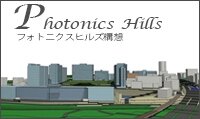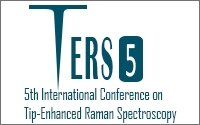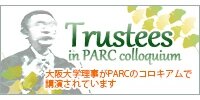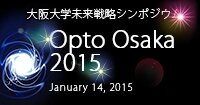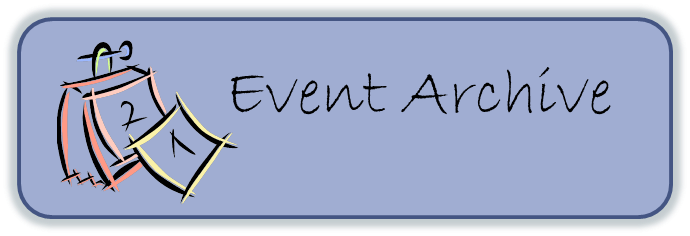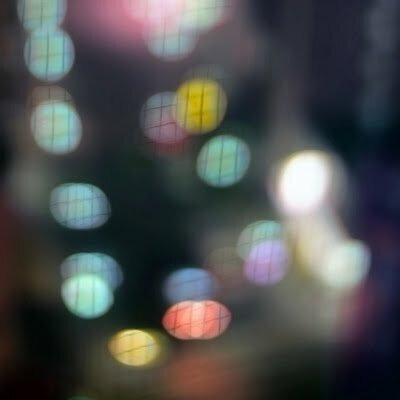|
I used to view light as something simply to view something else by. The messenger which, by itself, is not the important thing. Light bouncing off something tells you something is there. Light through a lens is bent into an image, and recorded, and again tells you something is there. I think this is the most common view of light. As a kid I was interested in mechanical things, and needed light in order to find the screw, needed light to read the green phosphor display on our now ancient Apple II, but didn’t really notice how light interacts with things. These interactions are right there in front of us but unless pointed out are easily missed. The phosphor-based tv that we all watched is a complicated dance of electrons and photons, and its reverse process, the photoelectric effect, wasn’t even discovered until 100 years ago. Even just the simple process of light scattering can lead to a beautiful sunset, a rainbow, and the rich tones in a photograph. But as scientists we always look deeper, and looking deeper at scattering shows the scattered light can carry the actual molecular signature of the compound that scattered it. Strong light fields can change the material world in a way that then changes the light, in a complex feedback loop. Even in your body, light is the conduit for one of the most deep cognitive interactions you have with the external world. When you see something, you see the distribution of photons, arranged by space and separated by energy into bins of color, converted into electrical signals by your eye, and then mapped into a 3d representation of the world by neurological systems that we still don’t fully understand.
Such is the nature of light. While it is fascinating to dwell on how such wiggles in electromagnetic field pervade our life, on a more practical side, scientists usually need to produce something of use. This means in a laboratory, we push towards not only understanding, but manipulating and analyzing fields of light. To go further, we exploit the interactions between light and the material world. This can produce higher resolution in microscopes, light-switchable interactions to assay specific molecular changes, or unlock new communications technologies. My view on it all has more or less evolved from “please turn on the light so I can see what I’m doing” to the current state where “light is what I am doing”.
March, 10th, 2015
Nicholas Smith Immunology Frontier Research Centre |
Message archive >



